What Effect Does The Sympathetic Nervous System Have On The Diameter Of Blood Vessels?
What effect does the sympathetic nervous system have on the diameter of blood vessels?. Sympathetic nervous system activation has been shown to influence muscle spindle activity directly. The sympathetic nervous system plays an important role in the pathogenesis of hypertension. Effects of sympathetic nervous system on GI motility secretions and blood flow diameter of skin blood vessels and diameter of blood vessels to kidney.
1 2 3 Their role in the short-term regulation of blood pressure especially in responses to transient changes in arterial pressure via baroreflex mechanisms is well known. Which are examples of the antagonistic effects of the sympathetic and parasympathetic divisions. S increases heart rate force of contraction and blood pressure P decreases heart rate force of contraction and blood pressure.
Drugs known as beta-blockers may be useful in treating. Furthermore muscarinic receptors on blood vessel walls can cause vasorelaxation through a nitric oxide NOmodulated pathway but can also cause vasoconstriction by directly activating smooth muscle. But it also causes vasoconstriction of the blood vessels that supply the glands and in this way sometimes reduces their rates of secretion.
The effect of the parasympathetic nervous system effects on some areas of the body are listed below. The diameter of the respiratory passageways will increase. Sympathetic stimulation also has multiple metabolic effects such as release of glucose from the liver increase in blood glucose concentration increase in glycogenolysis in both liver and muscle increase in skeletal muscle strength increase in basal metabolic rate and increase in.
Sympathetic nerves have a dense innervation of submucosal glands and blood vessels but few are found in the airways smooth muscle in humans and mammals. In response to decreased blood pressure the sympathetic system is activated. S secretion of epinephrine and norepinephrine by adrenal medullae P none not innervated Respiratory System.
Heart rate is also controlled by the sympathetic nervous system. S increases diameter P decreases diameter. These hormones are called epinephrine and norepinephrine which help your body perform optimally during such events.
32 Animal studies have shown that experimental activation of the cervical sympathetic nerve depresses the discharge rate of cervical muscle spindle afferents and affects the sensitivity of. Contraction of the pupil miosis is produced by parasympathetic stimulation.
The sympathetic nervous system activates what is often termed the fight or flight response.
S secretion of epinephrine and norepinephrine by adrenal medullae P none not innervated Respiratory System. 32 Animal studies have shown that experimental activation of the cervical sympathetic nerve depresses the discharge rate of cervical muscle spindle afferents and affects the sensitivity of. Sympathetic stimulation also has multiple metabolic effects such as release of glucose from the liver increase in blood glucose concentration increase in glycogenolysis in both liver and muscle increase in skeletal muscle strength increase in basal metabolic rate and increase in. The sympathetic innervation of respiratory tract glands causes secretion of fluids and mucus. Drugs known as beta-blockers may be useful in treating. Furthermore muscarinic receptors on blood vessel walls can cause vasorelaxation through a nitric oxide NOmodulated pathway but can also cause vasoconstriction by directly activating smooth muscle. More specifically sympathetic nervous activity will increase the flow of blood that is well-oxygenated and rich in nutrients to the tissues that need it in particular the working skeletal muscles. These hormones are called epinephrine and norepinephrine which help your body perform optimally during such events. Sympathetic nerves have a dense innervation of submucosal glands and blood vessels but few are found in the airways smooth muscle in humans and mammals.
By reducing the diameter of a blood vessel circulating blood must move through a smaller area under higher pressures. Effects of sympathetic nervous system on heart rate force of heart contraction diameter of bronchioles diameter of pupil and diameter of muscle blood vessel. Effects of sympathetic nervous system on GI motility secretions and blood flow diameter of skin blood vessels and diameter of blood vessels to kidney. How does the sympathetic nervous system affect blood vessels. Continuous and gradual buildup toward strenuous cardiovascular exercise activates the sympathetic system for heart rate acceleration yet over time and with regular exercise the heart could increase in size thus decreasing resting heart rate and increasing diastolic time when chambers fill with blood. The baroreflex system responds to acute hypotension by concurrently increasing sympathetic tone to resistance as well as capacitance vessels to increase blood pressure and venous return respectively. More specifically sympathetic nervous activity will increase the flow of blood that is well-oxygenated and rich in nutrients to the tissues that need it in particular the working skeletal muscles.





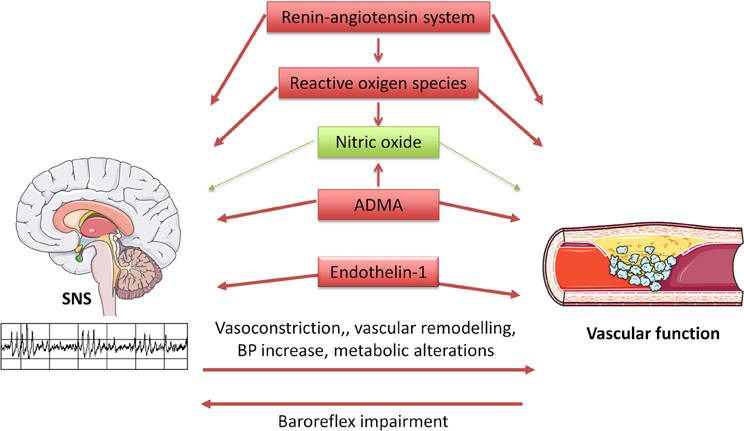









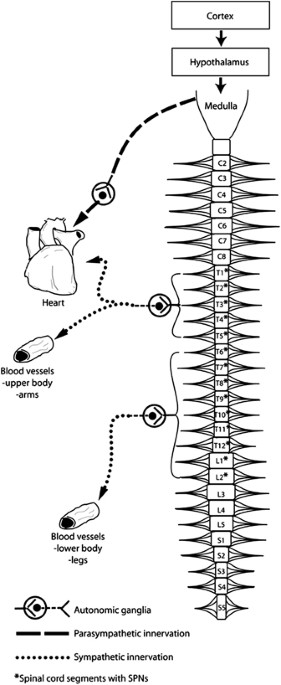

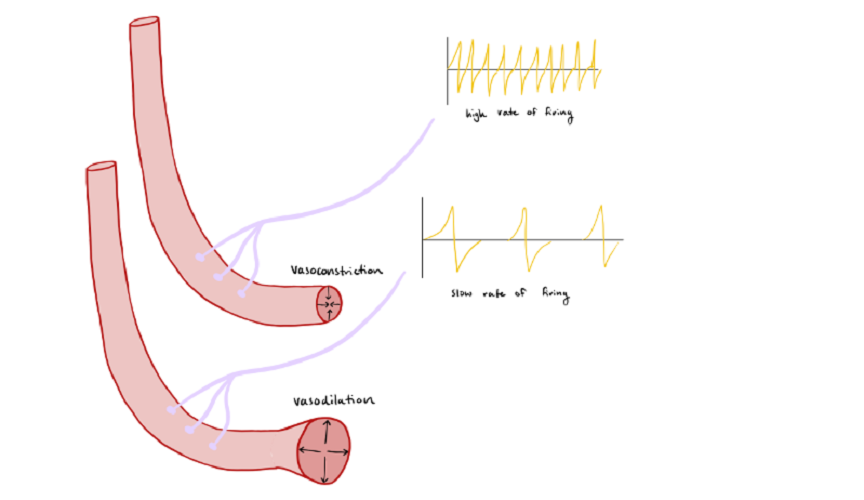
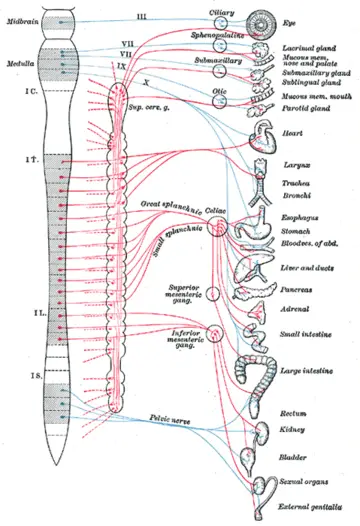
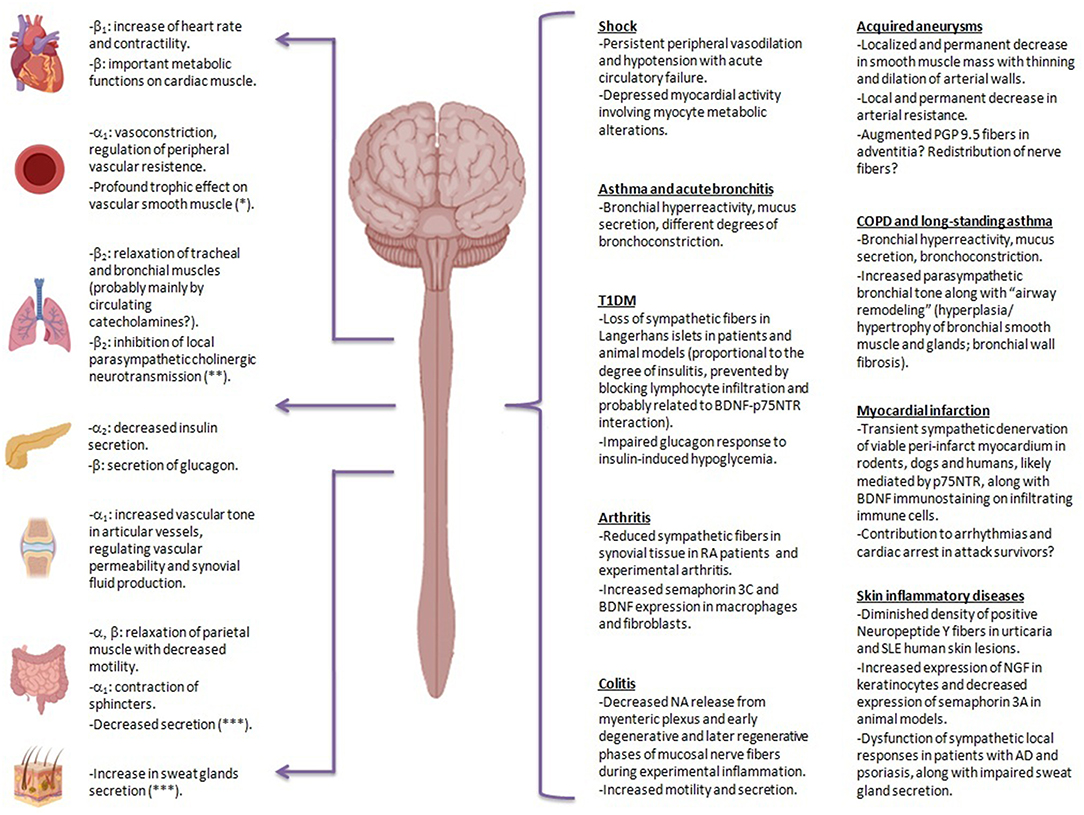

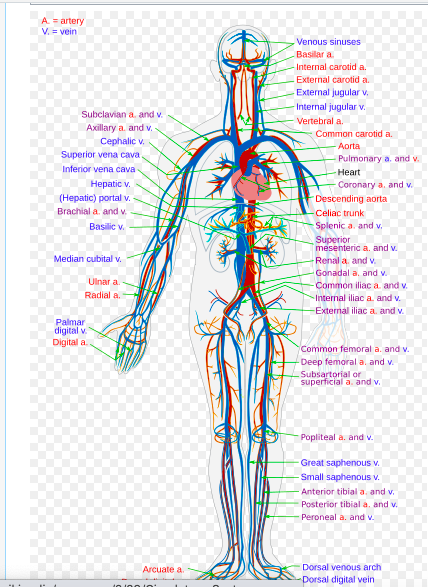
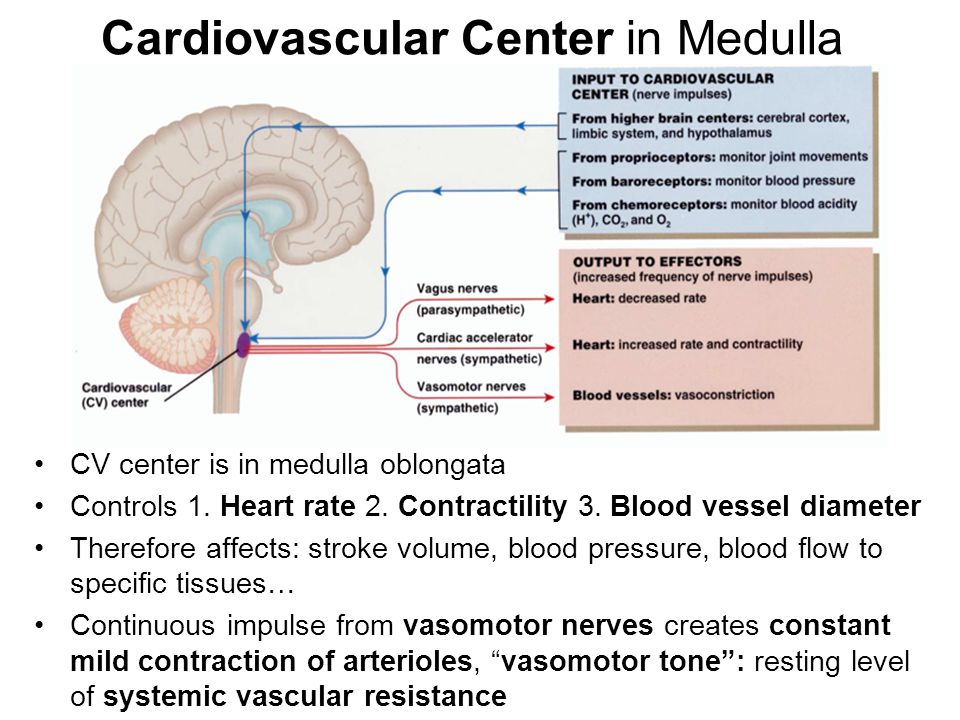








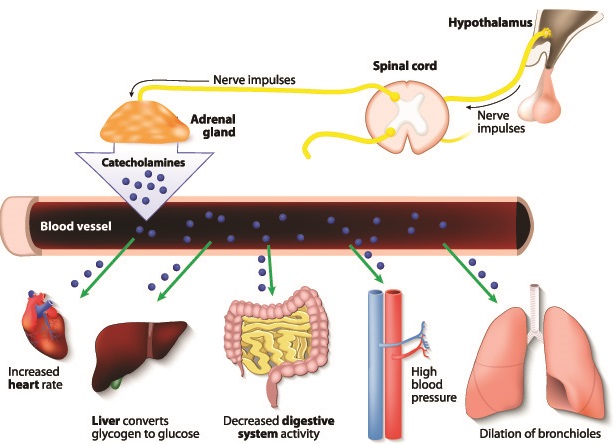

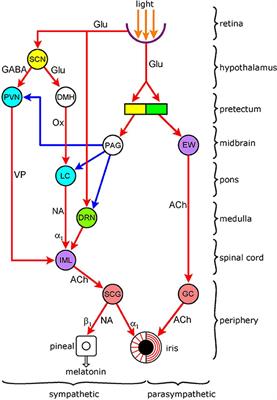


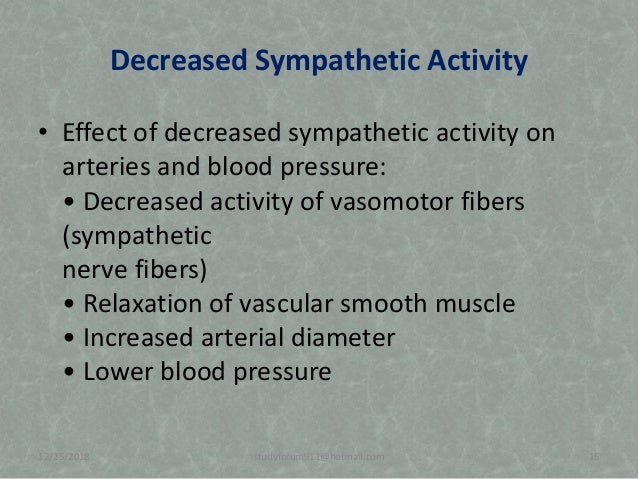








Post a Comment for "What Effect Does The Sympathetic Nervous System Have On The Diameter Of Blood Vessels?"